Trump Administration Leading a Race to the Bottom.
Since the beginning of the 21st century, China has moved — confidently — to seize the future, especially in the realm of innovation and ideas. China’s total research and development funding has grown 16-fold since 2000. Now China is surging ahead of the United States in a range of academic spheres. In 2003, Chinese scholars produced very few broadly cited research papers. Now they produce more “high impact” research papers than Americans do, and
according to The Economist, they absolutely dominate research in the following fields: materials science, chemistry, engineering, computer science, the environment and ecology, agricultural science, physics and math.
These achievements of course lead directly to China’s advantages across a range of high-tech industries. It’s not just high-tech manufacturing of things like electric vehicles, drones and solar panels. It’s high-tech everything.
In the years between 2003 and 2007, according to a study by the Australian Strategic Policy Institute, the United States led the way in 60 of 64 frontier technologies — stretching across sectors such as defense, space, energy, the environment, computing and biotech. By the period between 2019 and 2023, the Chinese led among 57 of those 64 key technologies, while the United States led in only seven.
The Chinese gains in biotech are startling. In 2015 Chinese drugmakers accounted for just under 6 percent of the innovative drugs under development in the world. Ten years later, Chinese drugmakers are nearly at parity with American ones.
Then along came A.I. Americans overall are fearful about it. Last year, the polling organization Ipsos asked people from 32 countries if they were excited for the A.I. future or nervous about it. Americans are among the most nervous people in the world. The countries most excited by the prospect of that future? China, South Korea, Indonesia and Thailand. The fact is that nobody knows what the A.I. future holds; people’s projections about it mostly reflect their emotional states. Americans used to be the youthful optimists of the globe. Not right now.
Still, America has its big tech companies filled with bright young things charging into the future, so you’d think our lead would be secure. But over the past year, Chinese firms like Alibaba, ByteDance and Tencent have produced A.I. models whose quality is
nearly equal to that of American models. DeepSeek has produced a model that comes in at a fraction of the cost of American ones. In A.I., as in military and economic might generally, the United States retains a lead, but China has a lot of momentum.
The A.I. race is perhaps the most crucial one, because it will presumably be the dominant technology of the next several decades. “The No. 1 factor that will define whether the U.S. or China wins this race is whose technology is most broadly adopted in the rest of the world,” Microsoft’s president, Brad Smith, told a congressional hearing. “Whoever gets there first will be difficult to supplant.”
So how is America responding to the greatest challenge of Cold War II? With huge increases in research? By infusing money into schools and universities that train young minds and produce new ideas? We’re doing the exact opposite. Today’s leaders don’t seem to understand what the Chinese clearly understand — that the future will be dominated by the country that makes the most of its talent. On his blog, Tabarrok gets it about right: “The DeepSeek Moment has been met not with resolve and competition but with anxiety and retreat.”
Populists are anti-intellectual. President Trump isn’t pumping research money into the universities; he’s draining it out. The administration is not tripling the National Science Foundation’s budget; it’s trying to gut it. The administration is trying to
cut all federal basic research funding by a third, according to the American Association for the Advancement of Science. A survey by the journal Nature of 1,600 scientists in the United States found that three-quarters of them have considered leaving the country.
The response to the Sputnik threat was to go outward and compete. Trump’s response to the Chinese threat generally is to build walls, to erect trade barriers and to turn inward. A normal country would be strengthening friendships with all nations not named China, but the United States is burning bridges in all directions. A normal country would be trying to restore America’s shipbuilding industry by making it the best in the world. We’re trying to save it through protectionism. The thinking seems to be: We can protect our mediocre industries by walling ourselves off from the world. That’s a recipe for national decline.
The problem is not just Trump. China has been displaying intellectual and innovative vitality for decades and the United States has scarcely mobilized. This country sometimes feels exhausted, gridlocked, as if it has lost its faith in itself and contact with its future.
In the progressive era, America built new institutions like the Food and Drug Administration and the Federal Reserve. During the New Deal, Americans created an alphabet soup of new agencies. By 1949, Americans had created NATO and the precursor to the World Bank. Where are the new institutions fit for today? Government itself is not great at innovation, but for a century, public sector money has been necessary to fuel the fires of creativity — in the United States, in Israel and in China. On that front, America is in retreat.
Can confidence be restored? Of course. Franklin Roosevelt did it and Ronald Reagan did it. Is China’s dominance inevitable? Of course not. Centrally controlled economies are prone to monumental blunders.
But the primary contest is psychological — almost spiritual. Do Americans have faith in the power of the human mind? Are they willing to invest to enlarge the national talent pool? Right now, no. Americans, on the left and the right, have become highly attentive to threat, risk-averse and self-doubting about the national project. What do you do with a country with astounding advantages but that no longer believes in itself?
And drones:
A four-day test in the Alaska wilderness shows how far the U.S. military and American drone companies lag behind China in the technology.
On a patch of dirt in the vast wilderness in Alaska, a long-range drone roared like a lawn mower as it shot into the sky. It scanned the ground for a target it had been programmed to recognize, and then dived, attempting to destroy it by crashing into it. But it missed, landing about 80 feet away.
On another attempt, a drone nose-dived at launch. On a subsequent try, a drone crashed into a mountain.
These drones weren’t flown by amateur hobbyists. They were launched by drone manufacturers paid by a special unit of the Department of Defense as part of an urgent effort to update U.S. capabilities. For four days last month, they tested prototypes of one-way drones by trying to crash them into programmed targets, while soldiers tried to stop the drones with special electronic equipment.
The exercise aimed to help U.S. defense contractors and soldiers get better at drone warfare. But it illustrated some of the ways in which the U.S. military could be unprepared for such a conflict. The nation lags behind Russia and China in manufacturing drones, training soldiers to use them and defending against them, according to interviews with more than a dozen U.S. military officials and drone industry experts






